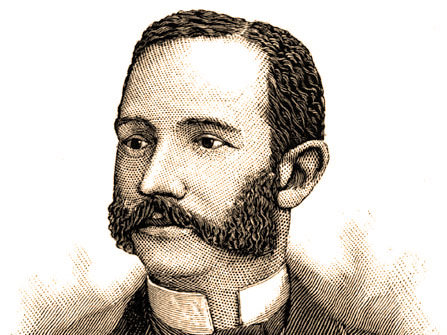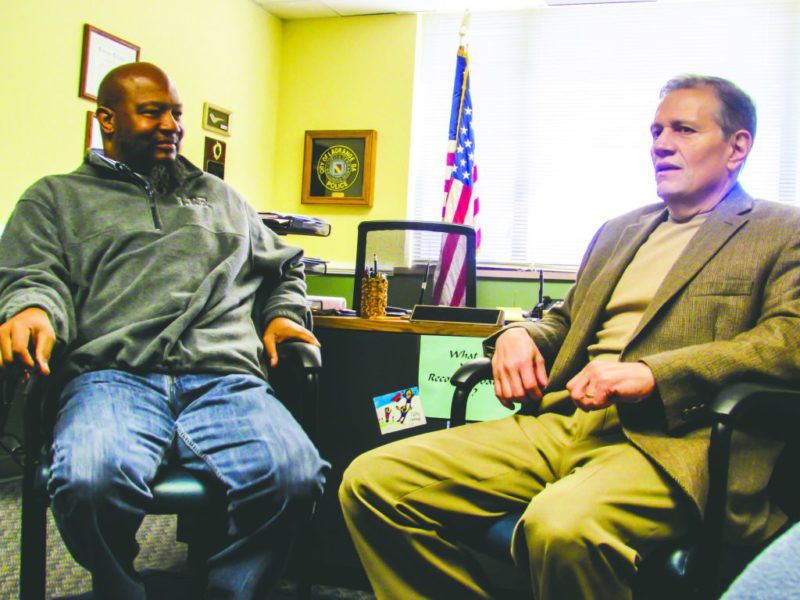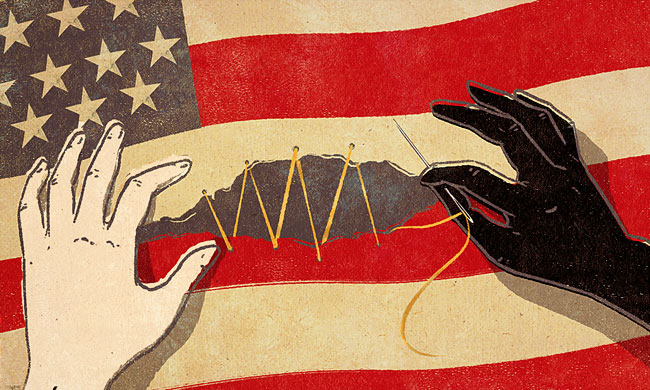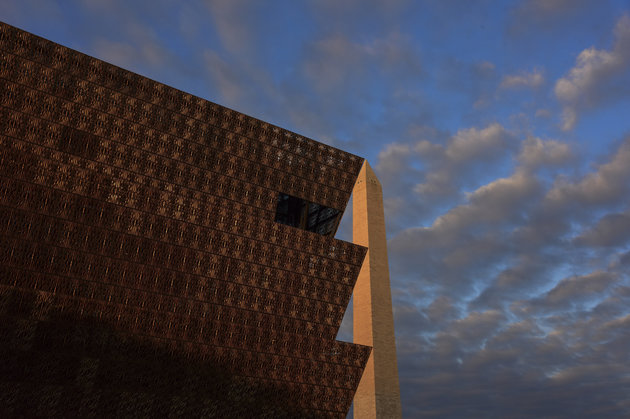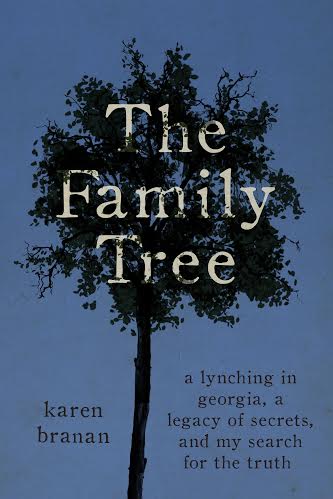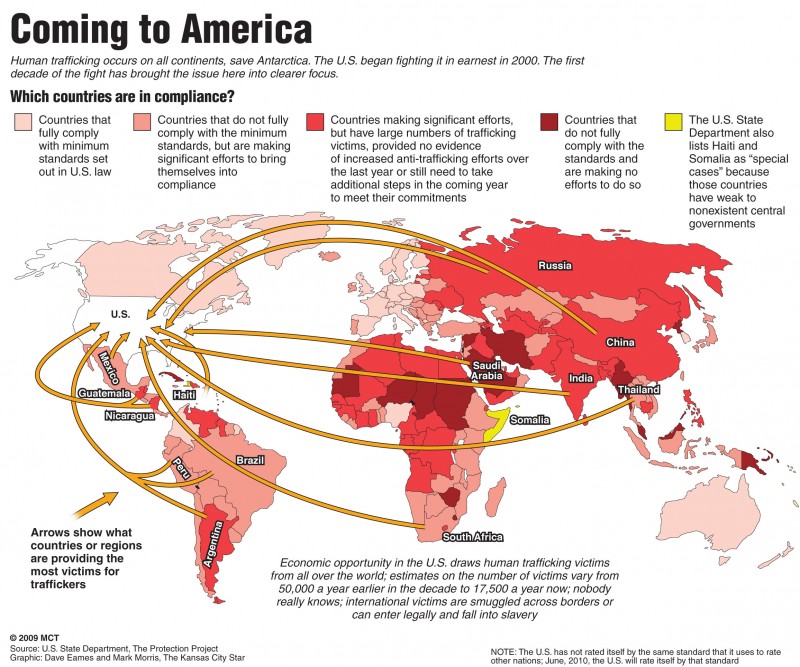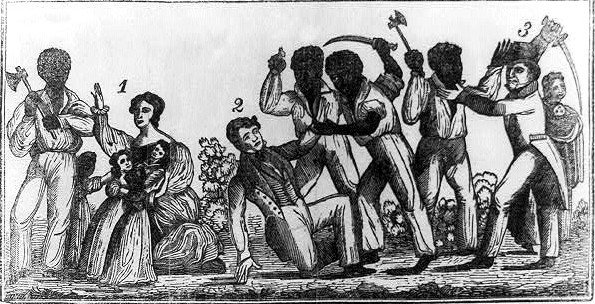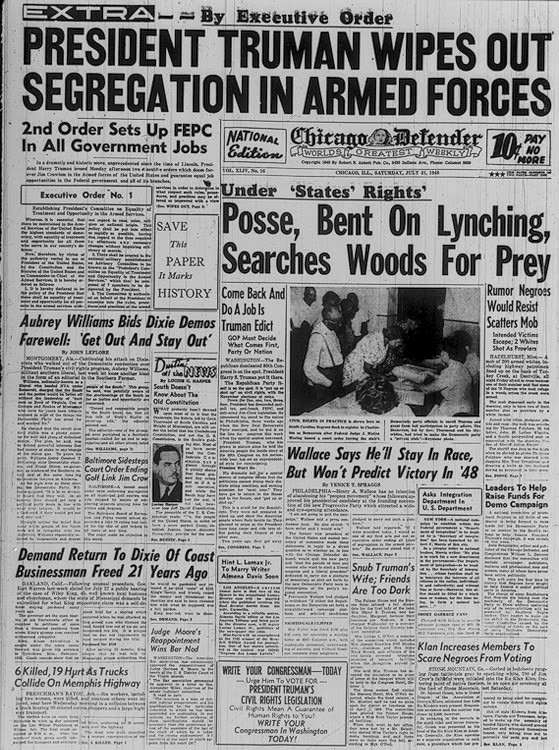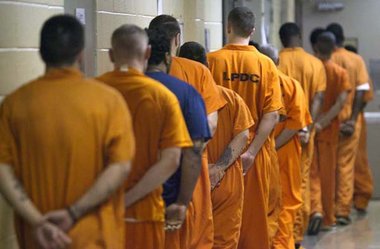Galleries
How Does a City Choose to Remember its Past?
Many Milwaukeeans are familiar with the 1854 abolitionist rescue of Joshua Glover, an African American who escaped slavery and found sanctuary in Wisconsin. Far fewer know about the horrific racial lynching of George Marshall Clark, a free black man, that happened only seven years later in Milwaukee. What was their story, and how have we remembered these two men?
Read MoreGeorgia Police Chief, Other White Leaders Apologize for 1940 Lynching
The police chief of Lagrange, Georgia, along with the city’s mayor and the white business community, issued an apology to the Callaway family and the NAACP for the 1940 lynching of teenaged Austin Callaway. A commemorative ceremony and memorial plaque will be placed to honor Callaway and other victims of lynchings in the county.
Read MorePeering Through White-Rimmed Glasses: A Letter to My Fellow White Americans
A long-time white anti-bias educator and activist finds that her fellow white Americans are increasingly eager to understand America’s racial hierarchy and their part in it. A discussion of the roots and impacts of the White Racial Frame and what white people can do about it.
Read MoreAfter 100 Years Of Challenges, The 1st Nat’l Black History Museum Is Here
Black history has finally taking its rightful place within the Smithsonian Institution with the National Museum of African American History and Culture’s grand opening in September 2016. Discover the 100-year history of the project, take a virtual tour, watch the full dedication ceremony and video interviews.
Read MoreThe Long Afterlife of a Lynching
Karen Branan returns to her ancestral home in Georgia to discover the truth behind the lynching of three black men and a black woman in 1912 – including the complicity of her family. She tells the story in a new book, The Family Tree.
Read MoreTraces of the Trade: The North’s Complicity in Slavery
Learn about the significant complicity of the northern states in the slave trade and slaveholding in the history of slavery in the United States. Many northern industries and business were dependent on slave labor in both the North and South. Northern consumers were dependent on the products of this slave labor for food, clothing, and amenities like rum and sugar.
Read MoreNat Turner’s Rebellion: Horrific or Heroic?
This is the story of one of the largest rebellions by enslaved Africans in American history. It is also the story of historiography–how the past is researched, viewed, and written about.
Read MoreBy Us, For Us: The Crucial Role of the Black Press
This exhibit gives a short history of the black press, some of the important journalist involved, and the vital role it has played in advancing the ideals of American democracy and supporting African American identity and culture.
Read MoreWar on Drugs – or War on Blacks?
The War on Drugs that began in the 1980s has led to an explosive mass incarceration of African Americans. This exhibit examines how and why.
Read More“Race” – The History of a Persistent Myth
For more than 400 years, the economic, social, and political behavior of Americans has been shaped by ideas about “races” and racial differences. Where did these powerful ideas come from – and are they true? How have your ideas about racial differences been affected?
Read More